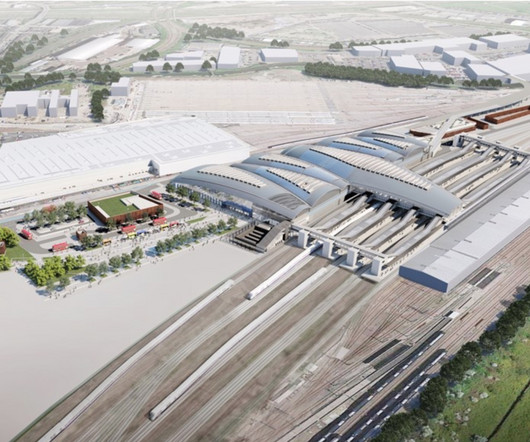STRUCTURAL USES OF PRECAST CONCRETE
The Constructor
MARCH 25, 2012
Use of Precast Concrete in frames: There are two main types of precast building frame. The structural frame consists of slabs, beams and columns. Structural frames are mainly used for offices, car parks and retail developments. The cross-wall frame consists of floor slabs and solid walls.









































Let's personalize your content